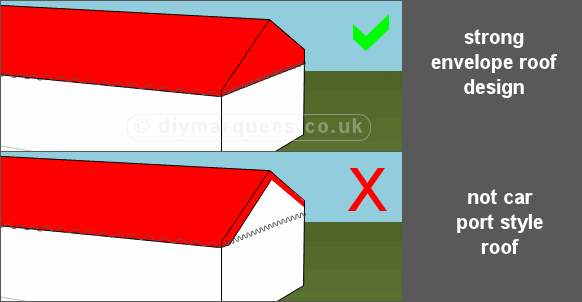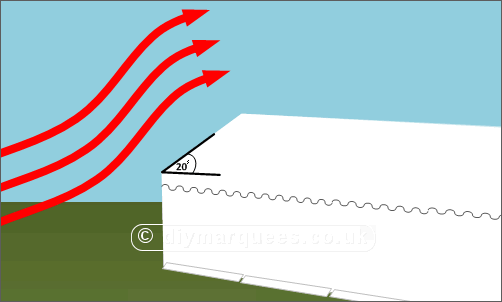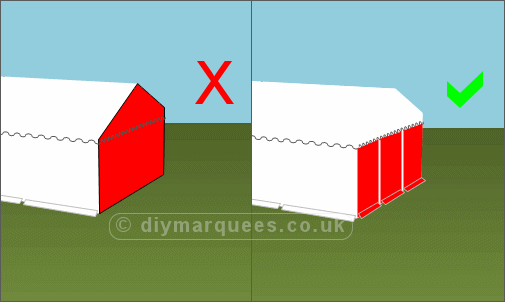Mastering Marquee Flooring: A Step-by-Step Guide
With the introduction of our carpet supply, let’s delve into the art of laying marquee flooring. Here’s a straightforward guide to get you started:
1. Lay the Foundation: Begin by spreading out a groundsheet or tarpaulin. This foundational layer serves a crucial purpose – it prevents moisture from seeping through and eliminates condensation build-up. Avoid breathable flooring, as it might mislead you into thinking there’s a leak when it’s just condensation. Grass is resilient; even if covered for a week, it swiftly bounces back to normal.
2. Cut to Fit: Now, cut the carpet to the appropriate length. For illustration, we’ll use a 6m x 12m marquee, but tailor it to match your marquee dimensions. At this point, only secure the ends of the carpet.
3. Nail It Down: While the carpet requires a modest amount of stretching, coconut matting demands more due to its natural fibre properties. It can expand and contract, so use additional nails for matting compared to carpet.
4. Pathways Matter: Keep in mind that the carpet comes in rolls of 13m, leaving ample material for creating pathways to the marquee. Secure these pathways by nailing them down as well.
Pro Tip: For coconut matting, the stretching process is more extensive, so be generous with the number of nails used to ensure a snug fit.
By following these steps, you’ll be well on your way to mastering the art of marquee flooring. Happy laying!
Thanks for tuning in.




